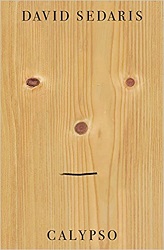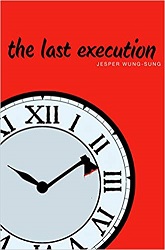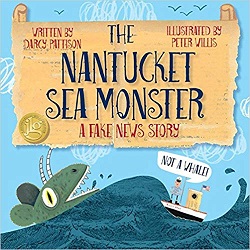 The Atlas of Beauty
The Atlas of Beauty
Women of the World in 500 Portraits
by Mihaela Noroc
Ten Speed Press, 2017. 352 pages.
Starred Review
This book is amazing! Amazing and wonderful.
Mihaela Noroc has traveled the world and taken pictures of women – beautiful women. These beautiful women come in all colors and sizes, young and old, dressed formally or casually. There is even at least one transgender woman. Many are not what you would call traditionally beautiful. But when you see them through the photographer’s eyes, you know – every one of these women is beautiful.
They come from countries all over the world. As an example, one of the collage pages has photos from Ethiopia, China, Singapore, Germany, France, Spain, Nepal, Uruguay, USA, Switzerland, Mongolia, Greece, Romania, India, Portugal, Chile, Sweden, and England. Another collage has pictures from Uzbekistan, Egypt, Cuba, Portugal, Tajikistan, Netherlands, Italy, Russia, Germany, Peru, India, Greece, Guatemala, Russia, Nepal, Argentina, England, Turkey, South Africa, Colombia, Ethiopia, China, Spain, and Mexico.
And these women are indeed beautiful. This photographer makes the viewer see beauty in even the most old and “plain” women she features.
The book does remind me of Humans of New York with little stories of each portrait subject.
For example, I opened the book at random and came on this pair of photos:
HELSINKI, FINLAND
After her mother was diagnosed with cancer, Katariina started to see life in a different way. For years she had worked in the perfume industry, but her mother’s illness made her think more about health issues related to beauty products, and to want to do something. She gathered a team of specialists and created an amazing free phone app that scans the barcode of a cosmetic product and informs the user about the safety of the ingredients.
EAST JERUSALEM, DISPUTED TERRITORY
After studying in the United States and England, this young Palestinian returned home to put her knowledge in the service of Palestinian people. Raya was pregnant with her second baby when I met her, but besides becoming a mother for the second time she was also on a mission to empower Palestinian women.
As a young entrepreneur, Raya started a cosmetic company, and most of her employees are Palestinian women from marginalized communities. She also works for Palestine’s largest bank, and one of her main projects is to increase the percentage of female employees in all ranks at the bank.
“Supporting so many women is what keeps me going, and gives me the passion, enthusiasm, and energy to have two jobs at a time when I have two young children.”
Many of the text descriptions are shorter, such as this pair:
NAPLES, ITALY
I met these sisters, Monica, Francesca, and Rosanna, in their hometown, though now they all live in different parts of Italy, far from one another. They had reunited to visit their mother, and spend some time together.
AMSTERDAM, NETHERLANDS
When I met Rachelle, she was glowing with pregnancy and the city’s late afternoon light.
“We are resting, after a long day at work.”
The book actually doesn’t need any text at all to be stunning. Though it’s also amazing how many different places on the globe she traveled and took pictures of women.
This book is marketed and produced for adults, with very small print in the captions. But if I had a young daughter in my home, I would be sure to purchase this book and place it where she could easily browse through it. Now that I think about it, if I had a teenage daughter in my home, it might feel all the more important. As it is, I’m going to purchase my own copy to remind myself that Beauty comes with many, many different faces.
Looking at this book made me feel part of a sisterhood of women from all over the globe, part of the human family. It reminded me that we come in all shapes and sizes and ages and colors. And we are Beautiful.
tenspeed.com
crownpublishing.com
Buy from Amazon.com
Find this review on Sonderbooks at: www.sonderbooks.com/Nonfiction/atlas_of_beauty.html
Disclosure: I am an Amazon Affiliate, and will earn a small percentage if you order a book on Amazon after clicking through from my site.
Source: This review is based on a library book from Fairfax County Public Library.
Disclaimer: I am a professional librarian, but I maintain my website and blogs on my own time. The views expressed are solely my own, and in no way represent the official views of my employer or of any committee or group of which I am part.
What did you think of this book?
 Bunjitsu Bunny vs. Bunjitsu Bunny
Bunjitsu Bunny vs. Bunjitsu Bunny







